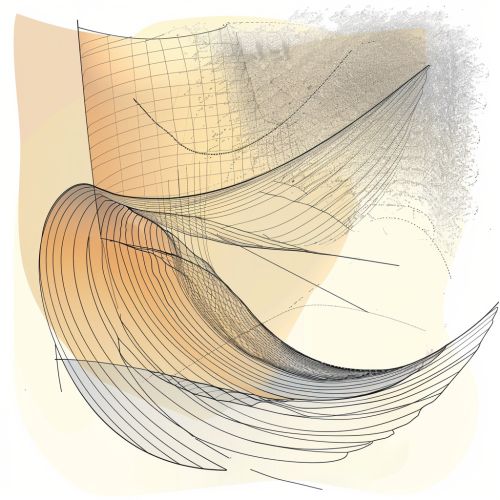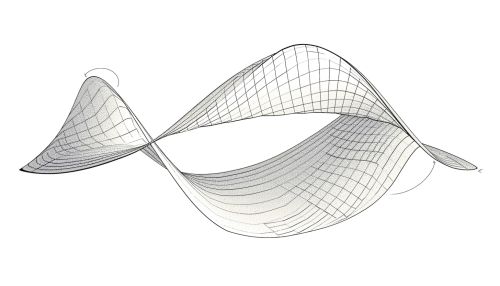Fundamental Theorem of Calculus
Introduction
The Fundamental Theorem of Calculus (FTC) is a central theorem in the field of calculus, which links the concept of the derivative of a function with the concept of the integral of a function. This theorem has two main parts, often referred to as the First Fundamental Theorem of Calculus (FTC1) and the Second Fundamental Theorem of Calculus (FTC2). Together, these theorems provide a powerful framework for evaluating integrals and understanding the accumulation of quantities.
Historical Background
The development of the Fundamental Theorem of Calculus is attributed to the work of Isaac Newton and Gottfried Wilhelm Leibniz in the late 17th century. Both mathematicians independently developed the principles of calculus, and their work laid the foundation for modern mathematical analysis. The theorem itself, however, was not formally stated in its modern form until later mathematicians such as Augustin-Louis Cauchy and Bernhard Riemann provided rigorous proofs and definitions.
Statement of the Theorem
First Fundamental Theorem of Calculus (FTC1)
The First Fundamental Theorem of Calculus states that if \( f \) is a continuous real-valued function defined on a closed interval \([a, b]\), and \( F \) is an antiderivative of \( f \) on \([a, b]\), then:
\[ \int_a^b f(x) \, dx = F(b) - F(a) \]
This theorem essentially states that the definite integral of a function over an interval can be computed using any of its antiderivatives.
Second Fundamental Theorem of Calculus (FTC2)
The Second Fundamental Theorem of Calculus states that if \( f \) is a continuous real-valued function defined on an interval \([a, b]\), then the function \( F \) defined by:
\[ F(x) = \int_a^x f(t) \, dt \]
for \( x \) in \([a, b]\) is continuous on \([a, b]\), differentiable on the open interval \((a, b)\), and \( F'(x) = f(x) \) for all \( x \) in \((a, b)\).
Proofs of the Theorem
Proof of FTC1
The proof of the First Fundamental Theorem of Calculus involves the concept of the Riemann sum and the Mean Value Theorem for integrals. By approximating the area under the curve \( f(x) \) using Riemann sums and then taking the limit as the number of partitions approaches infinity, one can show that the definite integral of \( f \) over \([a, b]\) equals \( F(b) - F(a) \).
Proof of FTC2
The proof of the Second Fundamental Theorem of Calculus relies on the Leibniz rule for differentiation under the integral sign. By considering the function \( F(x) = \int_a^x f(t) \, dt \) and applying the Fundamental Theorem of Calculus, one can show that the derivative of \( F \) with respect to \( x \) is \( f(x) \).
Applications
The Fundamental Theorem of Calculus has numerous applications in various fields of science and engineering. It is used to solve problems involving the accumulation of quantities, such as computing areas under curves, determining the displacement of an object given its velocity, and evaluating the total accumulated change in a system over time.
Generalizations
The Fundamental Theorem of Calculus can be generalized to higher dimensions and more complex functions. For example, the Stokes' Theorem and the Divergence Theorem are higher-dimensional analogs of the Fundamental Theorem of Calculus. These theorems relate surface integrals and volume integrals to the behavior of vector fields and are essential tools in vector calculus and differential geometry.
Related Concepts
Antiderivatives
An antiderivative of a function \( f \) is a function \( F \) such that \( F' = f \). The process of finding antiderivatives is known as indefinite integration, and it is closely related to the Fundamental Theorem of Calculus.
Definite Integrals
A definite integral represents the accumulation of a quantity over an interval. The Fundamental Theorem of Calculus provides a method for evaluating definite integrals using antiderivatives.
Continuity and Differentiability
The Fundamental Theorem of Calculus requires the function \( f \) to be continuous on the interval \([a, b]\). Continuity ensures that the integral is well-defined, and differentiability ensures that the relationship between the integral and the derivative holds.
Image


See Also
- Riemann Sum
- Mean Value Theorem
- Leibniz Rule
- Stokes' Theorem
- Divergence Theorem
- Vector Calculus
- Differential Geometry
- Indefinite Integration
- Continuity (mathematics)
- Differentiability
